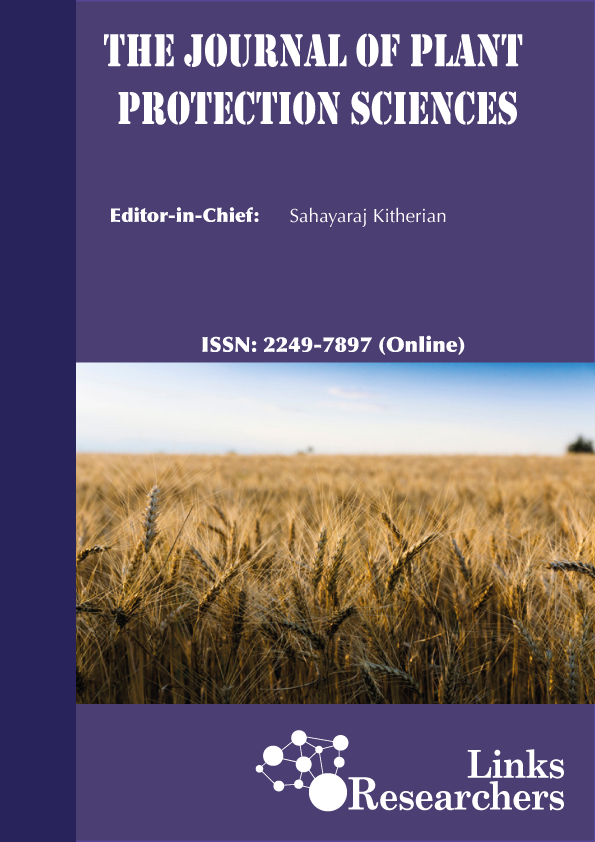Manzoor Hussain*, Miloslav Zouhar and Pavel Rysanek
Manzoor Hussain*, Miloslav Zouhar and Pavel Ryšánek
Sana Irshad Khan1*, Zafar Iqbal2, Hamid Ullah Shah2 and Shaukat Hussain3
Honnur Basha, Vinaya Hemannavar, B.Ramanujam, R. Rangeshwaran and S.Sriram
Baharullah Khattak1*, Saifullah2, Shaukat Hussain2, Musharraf Ahmad2, Asad Ali2, Mohammad Junaid2, Ijaz Ahmad Khan3, Taj Ali Khan1 and Mubbashir Hussain1
Javed Asghar Tariq1*, Bashir Ahmed2, Manzoor Ali Abro2, Muhammad Ismail1, Muhammad Usman Asif1 and Raza Muhammad1
Muhammad Junaid Yousaf 1, Farhad Ali2*and Fawad Ali2
Ramy S. Yehia1,3, Essam A. Shaalan2* and Hashem M. Al-Sheikh1
Seun Eui Kim1,2*, Myoung-Hoon Lee1, Hye Myoung Jang2, Garam Park2, Wan-Taek Im3, Gwang Joo Jeon2,4*
Keywords | Neuroblastoma, Compound K , Anticancer
...Eman Alsayed Hammad1* and Mahmoud Mohamed Hassanin Hasanin2
S. Miheret1, A. Seid2† and N. Hailu3
M. T. Javeed†, A. S. Al-Hazmi and Y. Y. Molan
A.W. Amin† and A.W. Mona*
Chen Zhao, Lulu Ding, Ying Ye, Congying Kou, Haoran Xiao, Jing Zhu and Jicang Wang*
Wei Wan1, Xiao-Li Wang1, Shu-Juan Wang2, Qin Si2 and Li-Qing Duan1*
SEHRISH MUSHTAQ1, MUHAMMAD SHAFIQ1, MUHAMMAD ASHFAQ*1 FAIZA KHAN1, SOHAIB AFZAAL1, UMMAD HUSSAIN1, MUBASSHIR HUSSAIN1, RASHID MUKHTAR BALAL2 & MUHAMMAD SALEEM HAIDER1








